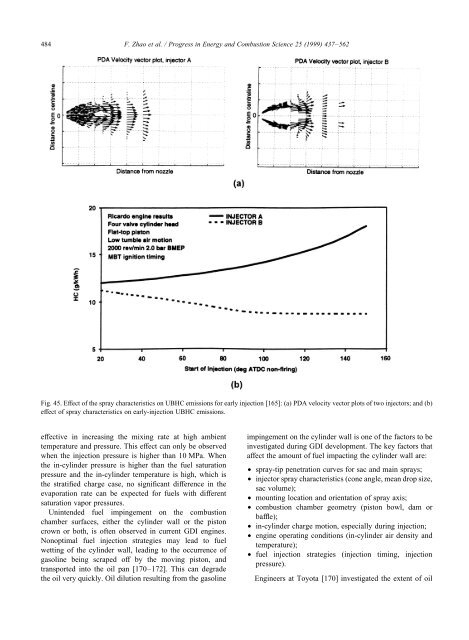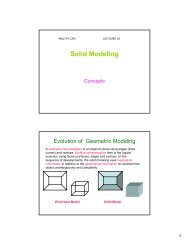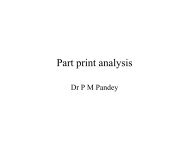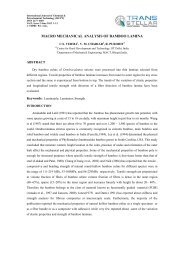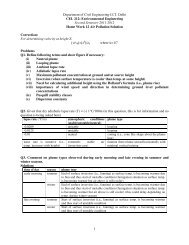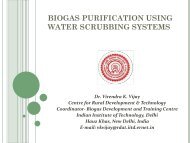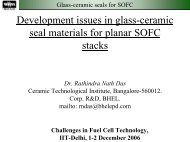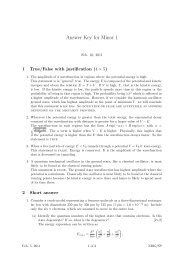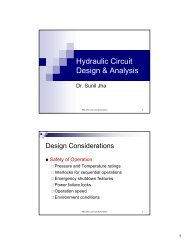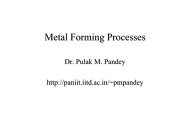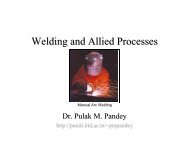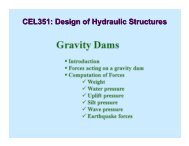Automotive spark-ignited direct-injection gasoline engines
Automotive spark-ignited direct-injection gasoline engines
Automotive spark-ignited direct-injection gasoline engines
Create successful ePaper yourself
Turn your PDF publications into a flip-book with our unique Google optimized e-Paper software.
484<br />
F. Zhao et al. / Progress in Energy and Combustion Science 25 (1999) 437–562<br />
Fig. 45. Effect of the spray characteristics on UBHC emissions for early <strong>injection</strong> [165]: (a) PDA velocity vector plots of two injectors; and (b)<br />
effect of spray characteristics on early-<strong>injection</strong> UBHC emissions.<br />
effective in increasing the mixing rate at high ambient<br />
temperature and pressure. This effect can only be observed<br />
when the <strong>injection</strong> pressure is higher than 10 MPa. When<br />
the in-cylinder pressure is higher than the fuel saturation<br />
pressure and the in-cylinder temperature is high, which is<br />
the stratified charge case, no significant difference in the<br />
evaporation rate can be expected for fuels with different<br />
saturation vapor pressures.<br />
Unintended fuel impingement on the combustion<br />
chamber surfaces, either the cylinder wall or the piston<br />
crown or both, is often observed in current GDI <strong>engines</strong>.<br />
Nonoptimal fuel <strong>injection</strong> strategies may lead to fuel<br />
wetting of the cylinder wall, leading to the occurrence of<br />
<strong>gasoline</strong> being scraped off by the moving piston, and<br />
transported into the oil pan [170–172]. This can degrade<br />
the oil very quickly. Oil dilution resulting from the <strong>gasoline</strong><br />
impingement on the cylinder wall is one of the factors to be<br />
investigated during GDI development. The key factors that<br />
affect the amount of fuel impacting the cylinder wall are:<br />
• spray-tip penetration curves for sac and main sprays;<br />
• injector spray characteristics (cone angle, mean drop size,<br />
sac volume);<br />
• mounting location and orientation of spray axis;<br />
• combustion chamber geometry (piston bowl, dam or<br />
baffle);<br />
• in-cylinder charge motion, especially during <strong>injection</strong>;<br />
• engine operating conditions (in-cylinder air density and<br />
temperature);<br />
• fuel <strong>injection</strong> strategies (<strong>injection</strong> timing, <strong>injection</strong><br />
pressure).<br />
Engineers at Toyota [170] investigated the extent of oil


